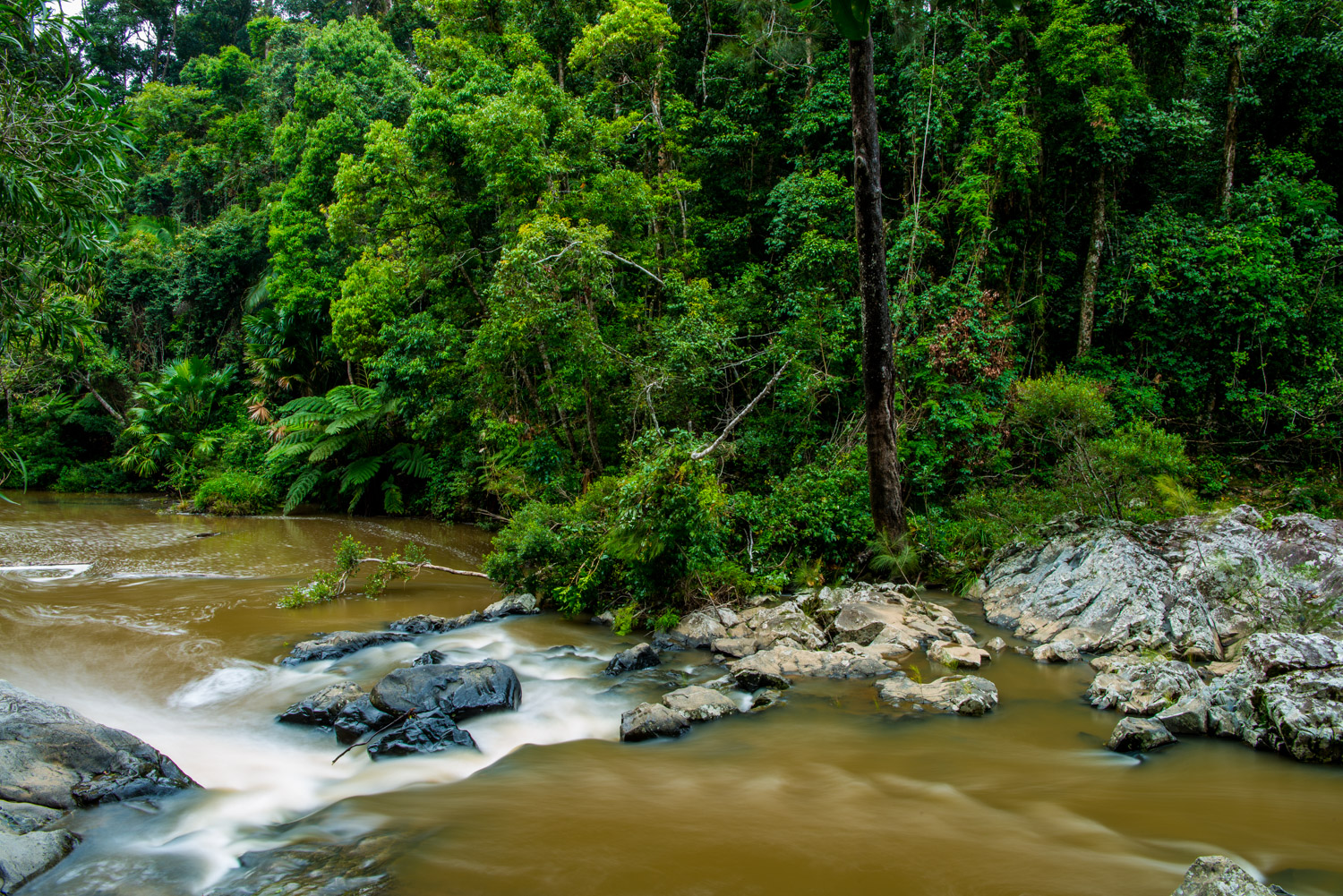|
|
Aquatic ecosystems rehabilitation backgroundThe management and rehabilitation of aquatic ecosystems (wetlands) is undertaken for a wide range of reasons including improving ecosystem functionality, and to restore values and ecosystem services. Quick facts
Rehabilitation is an action, or actions to repair, enhance and/or replace ecosystem processes and/or components, to improve intrinsic values and/or ecosystem services. Restoration is an action, or actions to bring back a former, original, normal, or unimpaired condition[1]. In the Queensland Aquatic Ecosystem Rehabilitation Process, restoration is a subset of the broader rehabilitation process, as the intent of rehabilitation may not be returning a system to its prior condition. Rehabilitation is used worldwide to improve aquatic ecosystems, and is recognised internationally. See the United Nations Decade on Ecosystem Restoration (2021-2030). Rehabilitation initiatives can be undertaken by almost anyone, from governments to businesses, communities to individuals. The causes of degradation are many and varied–and can have an impact at different scales and affect different people in different ways. How rehabilitation startsAquatic ecosystems provide many important services and rehabilitation ensures that the services aquatic ecosystems provide to people are improved and functional now and into the future. Aquatic ecosystem rehabilitation can be triggered by an event or begin through an initiative to address a responsibility or a need. Natural triggers can include disasters such as cyclones, floods and fire. Societal triggers and initiatives can include the need to protect at-risk infrastructure, market mechanisms, and drivers such as government policy, legislation or planning requirements (e.g. environmental offsets, water quality improvement and biodiversity protection). There are many aquatic ecosystem rehabilitation projects in Queensland, occuring at differing scales and undertaken for different objectives. References
Last updated: 30 June 2022 This page should be cited as: Department of Environment, Science and Innovation, Queensland (2022) Aquatic ecosystems rehabilitation background, WetlandInfo website, accessed 8 May 2025. Available at: https://wetlandinfo.des.qld.gov.au/wetlands/management/rehabilitation/rehab-background.html |

 — Department of the Environment, Tourism, Science and Innovation
— Department of the Environment, Tourism, Science and Innovation


